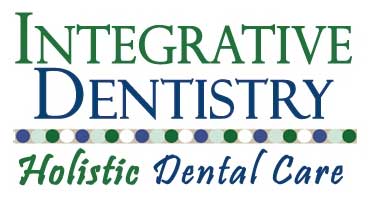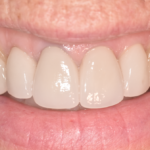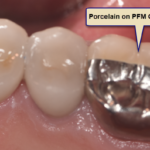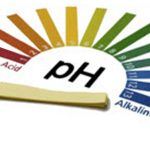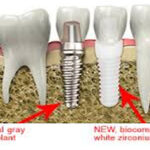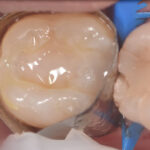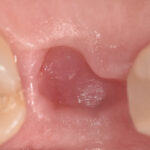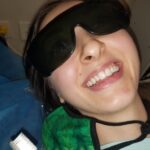With dental anesthetics there more choices today; many different types are currently available. The common word for dental anesthetics that is most familiar is ‘novacaine’. Thirty years ago or so novacaine was widely used, however it is no longer used today.
Lidocaine came into common useage about twenty years ago and currently it is still the most frequently used anesthetic. However, it has epinephrine in it which is basically adrenaline. If you have ever had a reaction to epinephrine, you would know it. Your heart starts to rush and you usually feel a little panicky and light headed. While this usually passes in a few minutes, it is very disconcerting and sometimes scary, especially if you don’t know what is happening.
The reason anesthetics contain epinephrine is because it helps with a longer lasting numbing effect. Thankfully there are a number of choices that do not contain epinephrine that can be used. A couple of these are Mepivicaine and Citanest, which is my personal favorite, because I find it a little more effective. There are other choices like Carbocaine, but there is some talk about toxicity here.
If you can tolerate epinephrine, a good choice is Septocaine because of its effectiveness. Also, there is some indication that it is somewhat more bio-compatible in that its ingredients are less stressful for the body to process. Be certain that your dentist is aware if you have ever experienced a reaction to epinephrine like the one described above, so that a non-‘Epi’ anesthetic can be used for any of your dental procedures.
Make sure to drink as much water as you are comfortable with after having a treatment where numbing has been necessary, to help with the healing process and to aid your system in flushing out whatever anesthetics have been used. Make sure as well that you don’t have coffee on the morning of your procedure, as this can make it more difficult for the anesthetic to work effectively.

Carey O’Rielly DDS has been a practicing dentist for 35 years. He went to USC Dental School and Duke University for his undergraduate degree. He grew up in Laguna Beach and now lives in La Costa with his wife Victoria, who runs his office.
He began his career by owning and operating a network of six offices in the San Francisco Bay Area. Presently he owns a private holistic practice in North County San Diego’s Encinitas.
Dr. O started looking for solutions to his health challenges that resulted from the stress and environmental toxicity that built up over a ten year period running his dental network. He has dedicated himself to learning about oral systemic problems and how dentistry can affect your health. He has applied what he has learned over the last twenty years to ensure he, his staff and his patients are protected from the chemicals and toxic materials found in most dental offices. He has produced an environmentally friendly office that is also peaceful and calm.
He is an expert on dental materials having looked at hundreds of biocompatibility lab tests over the years. He has identified the most bio-friendly materials to use in his practice and which dental materials can be used to replace metal fillings and crowns, including BPA free and fluoride free ‘white’ fillings. He also uses metal-free Zirconia or ceramic implants and PRF (platelet-rich fibrin) grafting materials which come from the patient’s own blood.
Dr. O’Rielly teaches C.E. courses on the systemic effects of gum disease. He is an expert in using phase contrast microscopy for analyzing dental infections, where he shows patients what kind of microbes, i.e. bacteria, amoeba, and yeasts like candida are populating the mouth and affecting the body as a whole.
He has an educational blog and is writing a book on dental health called ‘Hidden Dental Infections: Healing Root Canals and Infected Teeth with the Erbium Laser’ where he discusses dental nutrition, toxic dental materials and the effects of old root canals on inflammation and overall health.
